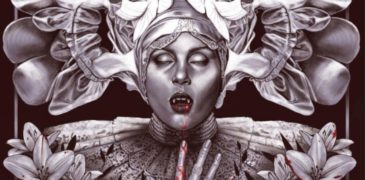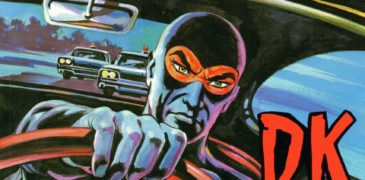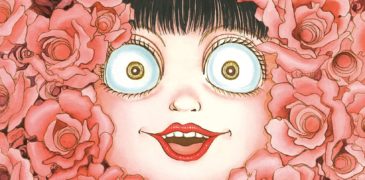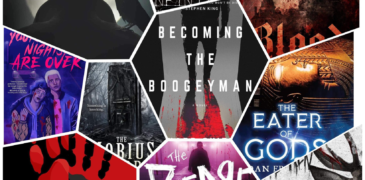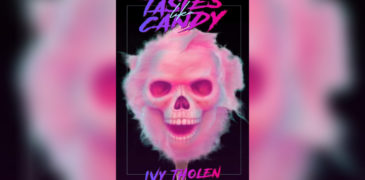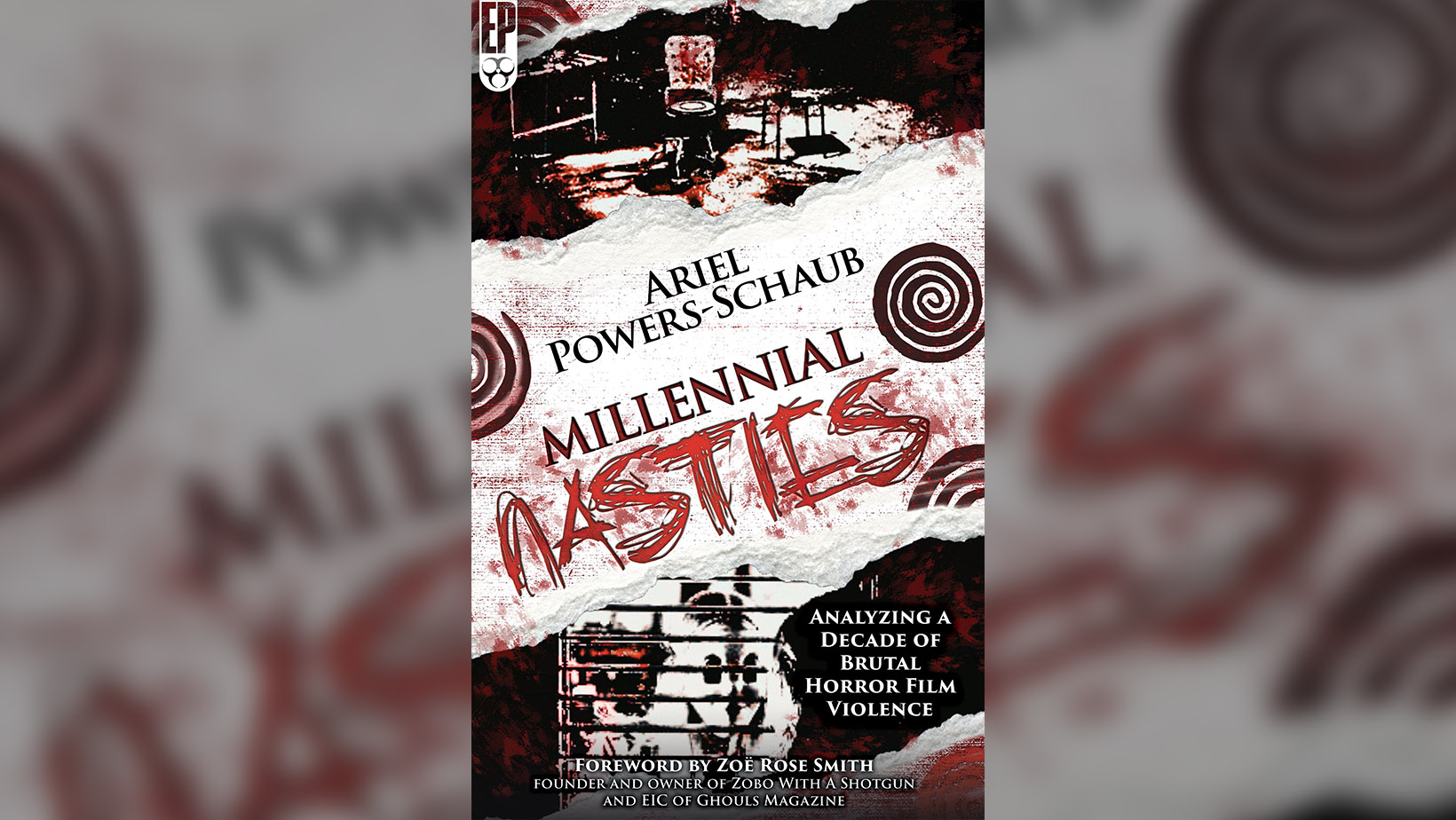
In the early 2000s, the horror market was saturated with films of all types as directors looked to find the next big thing. What would horror look like in the new millennium? What were people afraid of now that Y2K had passed without so much as a hiccup? Would rapidly advancing technology aid in the film industry or were audiences still just looking for good old-fashioned blood and guts? Ariel Powers-Schaub answers these questions and explores what defined horror in the 2000s in her 2024 book “Millennial Nasties,” an artful piece that delves deep into some of the biggest films in horror and explains exactly why they affected us the way that they did and why they have or haven’t stood the test of time.
So, what exactly qualifies a film to be a “millennial nasty” in the first place and why do we need yet another sub-genre in horror? Powers-Schaub argues that many horror films made between 2000 and 2010 are different from other films in that they share similar visual styles, overarching themes, and a distinct style of gory storytelling. What makes these films different from other films is also the reason they deserve a category of their own: They redefined horror for a new generation and set themselves apart from films that came before or after, whether for better or for worse.

According to Powers-Schaub, a millennial nasty must be gritty, both in the narrative and the cinematics. Millennial nasties are either low-budget or meant to look low budget and they often cast everything in a sickly yellow or green tone. Think of the “Saw” franchise, which got its start in the early 2000s: It feels low budget and grimy in a way that makes the viewer feel uncomfortable watching it, as though its sickly tones and shaky camerawork might be contagious. It’s not easy to watch and it leaves the audience feeling a bit dirty.
Another defining characteristic of a millennial nasty is its bleak storytelling. There are no happy endings here, just fear. Much like slasher films, there can be a survivor or two in a millennial nasty, but the bleak world within the film wears them down and leaves them somewhat hopeless and broken. A great example of this is the 2002 film “Cabin Fever”. The characters are not particularly good people, they don’t have redemption arcs, they turn on each other the second they sense danger, and, in the end, there is no silver lining or ray of hope, only a pile of corpses and the threat of more terror in store. While “Cabin Fever” doesn’t necessarily have the same sickly yellowy green filter as many other millennial nasties, it earns a place on the list for its bleak narrative, unlikeable characters, and over-the-top gore.
Gore is another characteristic of a millennial nasty as defined in the book. Powers-Schaub postulates that the 2000s were a decade of films that pushed the envelope in terms of brutality, gore, and creativity. Look again at the “Saw” franchise and the creative and disturbing traps featured in the films. Like other millennial nasties, the deaths in “Saw” are like nothing audiences had seen before and were both fascinating and repulsive. Films like “Hostel” and “House of 1000 Corpses” played the gore up to a point that wasn’t quite realistic, nor was it cartoonish and gimmicky, but it was nightmare-inducing and not for the faint of heart. This was the blood and guts that defined a generation and unlocked a whole new set of fears in viewers everywhere.
The Millennial Nasties were the films that often became known as torture porn. They were dark, creative, gritty, and often hard to watch. They put dismemberment and brutality in the spotlight. They played up on our fears of the unknown and the “other.” But Powers-Schaub argues that torture porn is a misnomer, as these films were not pornographic in nature. Rather than being pleasing to the eye, these films gained fame for being repugnant, violent, disgusting, and hard to watch. Nor were the Millennial Nasties relegated to seedy shops and dusty back rooms as pornograpy often is. In fact, they became horror staples and often received widespread theatrical releases. They were the films that shaped us, gave us new fears, and brought us into the new millennium with a bang.
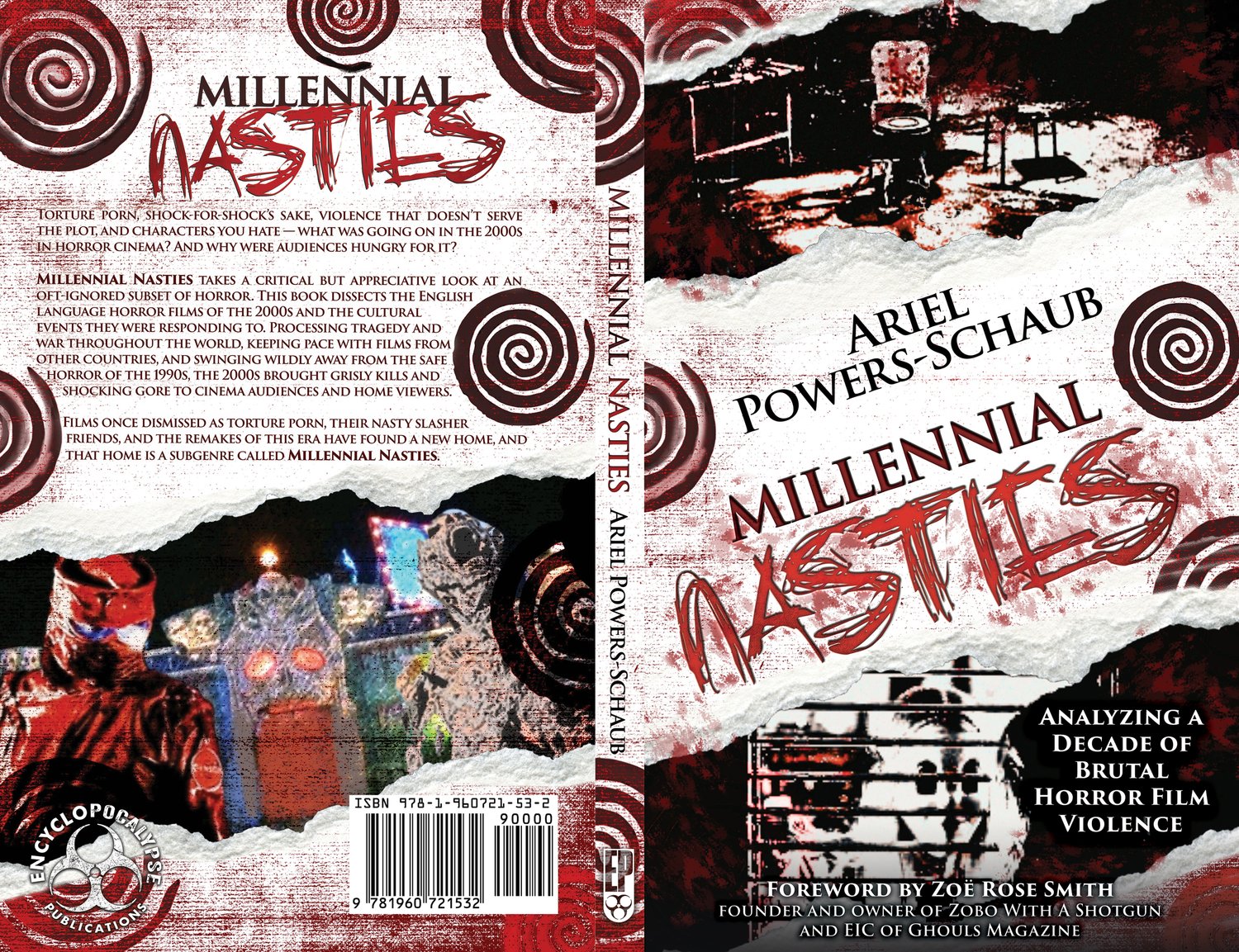
The book is split into several sections, each covering a different type of Nasty. There are the films that started the genre, the new generation of slashers, and the remakes; classic horror films that have been given the Millennial Nasty treatment to appeal to a new audience. For each section and subsection, Powers-Schaub defines how the films fit into the slot of Millennial Nasty, gives a brief synopsis, and explains how the film has or hasn’t stood the test of time. She goes into more detail with some films than others. For instance, the “Saw” franchise has its own entire sub-section, whereas the remake of “Black Christmas” is only given about three pages. This feels natural though, as some of the films were more influential than others and some just take more time to really unpack.
Powers-Schaub’s “Millennial Nasties” is a powerhouse of information sure to earn its spot on any horror aficionado’s shelf. It delves deep into what a Millennial Nasty is, why they evoke such strong feelings, how they play into our fears, and why they deserve to be remembered and rewatched. It dives into some of the classic Nasties and dissects them, never shying away from the things they did wrong while highlighting the things they did right. For those of us who were kids and teens in the early oughts, it feels like a nostalgic trip down memory lane, revisiting the films that sculpted our formative years. For everyone else, it’s a guide to an entire generation’s worth of gore-heavy, narrative-rich films from “Saw” to “The Strangers”, and beyond. Whether you are already a fan of the Millennial Nasties or are just discovering these gritty, dark films, this book is the definitive guide to an often overlooked subgenre that brought horror into a new era.
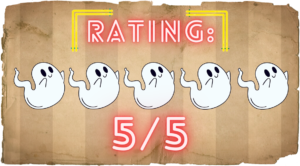
Millennial Nasties is available to preorder from Amazon here (available September 17th)
More Book Reviews
Dark Romantic: Exploring Vampiric Obsession
Stalking the night, with the pallor of a corpse, thirsting for the blood of humans, living amongst the plague-ridden vermin and predatory beasts. Throughout the centuries, they have gone by…
Evil From Italy, Sin From Spain – A Crash Course To the Underground
Now that we have watched all four seasons of Call My Agent, some of us several times, we need something fresh from Netfilx or anywhere else to keep lockdown boredom…
Be Very Afraid of Kanako Inuki! (2022) Book Review | Cute Girls Doing Cruel Things
At the tender age of four, Kanako Inuki was handed a shiny new five-yen coin. Promising the same allowance each month, her mother took her to a bookstore and let…
Top 10 Reads for the Spooky Season 2023
Bringing you a list of the most terrifying books we’ve read this past year. Hold onto your hats, it’s going to be a bumpy ride. List: Becoming the Boogeyman –…
Tastes Like Candy (2020) Book Review: A Bloody Tongue-in-Cheek Slasher Novel
Books are a great storytelling tool for its almost limitless potential. You don’t have to worry about acting or special effects. You just have to make sure that, well, the…
Earthlings By Sayaka Murata Book Review (2020) – Time of Moulting
Co-Author Lisa Lebel The term dissociation, coined by French psychologist Pierre Janet, is defined as an “involuntary escape from reality characterized by a disconnection between thoughts, identity, consciousness and memory.”…
As lover of cryptids, literature, and all things horror, I am so excited to be bringing my talents to the Grimoire of Horror. I am a librarian, avid gamer, TTRPG nerd, and a Mothman fangirl. I spent several years screening films for PRIMAA’s Canadian film festival Reel Shorts, and spent some time as an amateur horror filmmaker, competing in the Frantic 48 filmmaking challenge several years in a row. I love anything horror, from true crime to grindhouse to found footage and am especially interested in horror books and movies created by LGBTQIA2S+ and BIPOC as I think we have a fresh take on the genre and a fascinating perspective on what horror can be.

